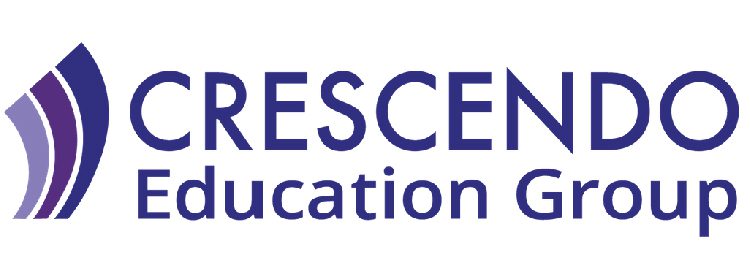Sharing Teachers' Journeys with Equitable Grading
Equitable grading is a growing movement among teachers in schools all over the country, yet it can feel like each of us is navigating this challenging work on our own. Read other teachers’ experiences with equitable grading—both the struggles and successes.
We are here to support you every step of the way… you’re not alone.
Retakes

Elisa, High School Health Teacher
She asked, ‘You’re giving me another chance? Really?’

Martiza, High School World Language Teacher
I want to encourage the students to go back and look at what they got wrong.
Not Including Lateness, Effort, or Participation in the Grade
Not Including Classwork and Homework in the Grade

Danny, Middle School Humanities Teacher
I used to think classwork should be part of the grade. Now, I don’t, because classwork should be a safezone for students.

Nick, High School Science Teacher
I’m holding them accountable for what they know, not how much they do what I say.
100% of the Grade Based on Summative Assessments

Alex, High School English Teacher
Students feel safer in their learning with low-stakes formative assignments (which barely affect their grade), and they are more prepared and invested in the summative piece that has come from all of the preparation leading up to it.

Leilani, Middle School Math Teacher
A system solely based on summative assessments and learning actually reflects a more accurate picture of what students know.
Using a Minimum 50% or 0-4 Scale

Theresa, Middle School Humanities Teacher
I’m now down to essentially four levels. It’s Meeting the Standard, Exceeding the Standard, Approaching the Standard, or Not Meeting At All.

Mike, Middle School Math Teacher
I had to let go of trying to control it all, to realize that at the end of the day, grading is not really about me. Using a 50% as the lowest grade means I’m not breaking their spirit by showing them this ridiculously low percentage.
Student Reflection and Self-Tracking
How do we empower students by giving them greater awareness of their progress and performance?
Check out additional resources to support your journey in equitable grading
Discover the Transformative Power of Grading for Equity in Classrooms
Looking for resources to support your journey in equitable grading? Sign up below to receive more information about teachers implementing equitable grading practices and transforming their schools and classrooms. Receive actionable insights directly to your inbox.





